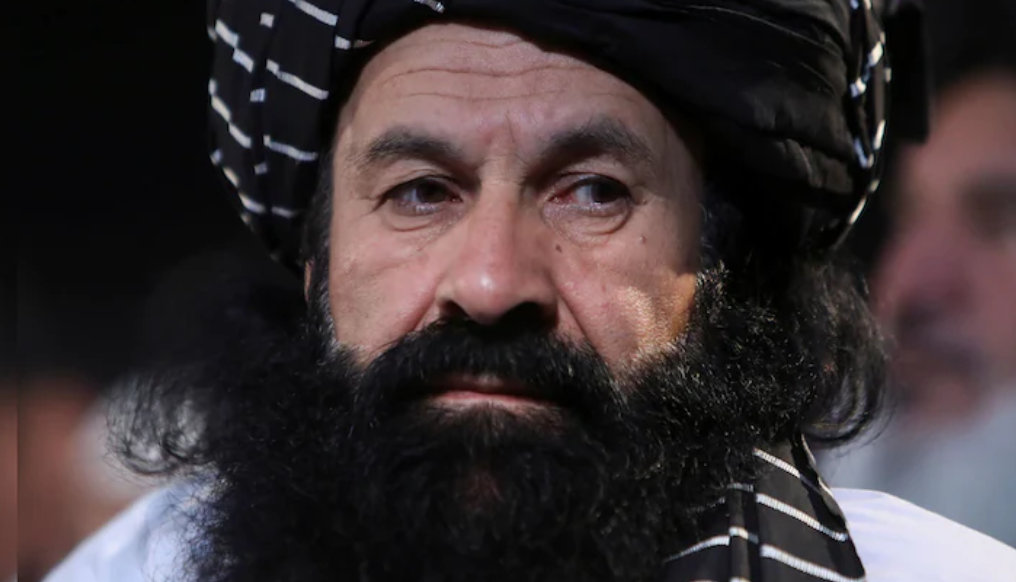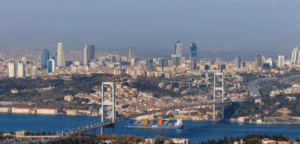The Taliban’s Acting Minister of Refugees and Repatriation, Khalil Rahman Haqqani, has been killed in an explosion on Wednesday at the Ministry’s compound in Kabul.
Haqqani was one of the highest-profile members of the Taliban and a senior member of the Haqqani Network (HQN), one of the most powerful factions within the Taliban. He was designated as a Specially Designated Global Terrorist (SDGT) by the US government in 2011.
The attack is the first successful strike on one of the key figures of the Taliban.
Haqqani was leaving the ministry’s mosque after his prayers when a suicide bomber approached and detonated the explosives. It is not yet clear who was behind the blast.
Three of Haqqani’s bodyguards and several Taliban officials were also killed in the blast.
“We lost a very brave Mujahid,” said Khalil Haqqani’s nephew, Anas Haqqani. ‘Mujahid’ is the Taliban’s term for its fighters, meaning holy warrior. “We will never forget him and his sacrifice.”
A government source confirmed the killing, saying: “Unfortunately an explosion happened at the Ministry of Refugees and minister Khalil Ur-Rahman Haqqani has been martyred along with some of his colleagues.”
While there has been no immediate claim of responsibility for the attack that killed Haqqani, the Taliban government has blamed the Islamic State affiliate ISIS-K.
Who was Khalil Rahman Haqqani?
Khalil Rahman Haqqani was born in January 1966 in Paktia Province, Afghanistan. He is the uncle of the Taliban’s interior minister and senior leader Sirajuddin Haqqani. Khalil Haqqani was appointed the Taliban’s acting minister of refugees and repatriation in 2021.
Haqqani was responsible for handling the refugee crisis in Afghanistan. Less than two weeks ago, Haqqani met with the Chinese Ambassador for Afghanistan. The meeting took place in Kabul and the pair discussed humanitarian assistance in Afghanistan.
Haqqani and his family were all senior members of the Haqqani Network (HQN). The network was founded by Haqqani’s brother Jalaluddin Haqqani in the late 1970s. HQN was behind the Taliban’s rise to power and is now an integral part of the Taliban government.
The family’s network is also suspected of aiding in Osama bin Laden’s escape from Tora Bora in 2001.
Security and terrorism experts regard HQN as the most lethal and vicious element of the Taliban. It was designated a U.S. Foreign Terrorist Organisation (FTO) in 2012.
During the conflict years after the US invasion of Afghanistan, the Haqqani family conducted urban terrorist attacks and cultivated an international fund-raising network. The network was the first element of the Taliban to embrace suicide bombings, learnt from al-Qaeda.
HQN kidnapped several foreigners, including a New York Times journalist, interpreter, and driver in 2008. They were behind some of the deadliest attacks in Afghanistan’s two-decade-long war, including a truck bomb explosion that killed more than 150 people in Kabul in 2017.
Khalil Haqqani engaged in fundraising activities on behalf of the Taliban and HQN. After September 2009, Haqqani traveled to raise funds from sources in the Gulf states and South and East Asia.
The minister for refugees previously acted on behalf of Al-Qaeda and has been linked to the group’s terrorist operations. In 2002, Haqqani deployed fighters to reinforce the group’s elements in Paktia Province, Afghanistan.
In 2011, the US government designated Haqqani as a Specially Designated Global Terrorist (SDGT), offering a $5 million award for information leading to his arrest.
Haqqani is listed in the UN’s 1988 Sanctions list for being associated with Al-Qaeda, Osama bin Laden, and the Taliban. The UN stated Haqqani was “participating in the financing, planning, facilitating, preparing, or perpetrating of acts of activities by, in conjunction with, under the name of, on behalf of, or in support of” and “otherwise supporting acts or activities of” the Taliban.




